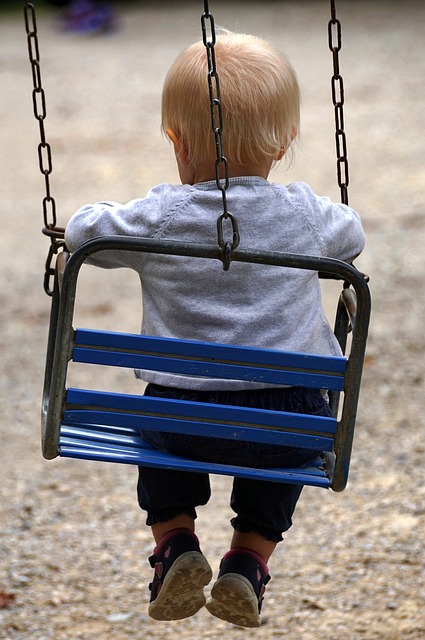Creating safe and nurturing environments is crucial for the holistic development of children in vulnerable situations, especially through child welfare services. By prioritizing strategies that promote stability, consistency, affection, and cultural diversity, these services can revolutionize kids' lives, leading to healthier relationships, improved academic performance, and enhanced mental health. Building resilient communities through strong social connections, collaborative partnerships, and comprehensive support addresses physical, emotional, and psychological needs, fostering a sense of belonging and self-worth for children.
Fostering safe and nurturing environments is paramount for children’s holistic development. This article explores key strategies to create supportive spaces in diverse settings, emphasizing the pivotal role of child welfare services in ensuring security and care. We delve into building resilient communities that prioritize every child’s well-being. Understanding the importance of secure environments lays the foundation for their growth, while effective interventions and community engagement ensure a robust safety net for all children.
Understanding the Importance of Safe Environments for Children's Development
Creating safe and nurturing environments is paramount in ensuring children’s holistic development. Children, especially those in vulnerable situations, require secure spaces where they feel loved, respected, and valued. This foundation is crucial for their emotional growth, fostering resilience, and shaping their overall well-being. A safe environment acts as a crucible, enabling kids to explore, learn, and develop essential life skills without fear or uncertainty.
In the context of child welfare services, recognizing and prioritizing these secure settings is a game-changer. It involves addressing various aspects, from physical safety to emotional support. By implementing strategies that promote stability, consistency, and affection, we can revolutionize children’s lives, setting them on a path towards healthier relationships, improved academic performance, and enhanced mental health.
Strategies to Create Nurturing Spaces in Various Settings
Creating nurturing environments is paramount for the holistic development of children, especially those in the care of child welfare services. In schools and community centers, this can be achieved by implementing simple yet effective strategies. One approach is to design spaces that encourage open communication; dedicated areas for quiet reflection or group discussions foster a sense of belonging and emotional safety. Customizing these spaces with age-appropriate resources, such as books, art supplies, or sensory tools, allows children to engage in creative expression and self-soothing activities.
Moreover, consistent routines and predictable schedules play a pivotal role in nurturing environments. Staff can create structured yet flexible daily plans that cater to individual needs, ensuring every child feels valued and understood. Incorporating opportunities for physical activity and outdoor exploration also benefits overall well-being, as does integrating cultural and diverse elements that reflect the backgrounds of the children served by child welfare services.
The Role of Child Welfare Services in Ensuring Safety and Support
Child welfare services play a pivotal role in fostering safe and nurturing environments for children, especially those at risk or involved in adverse situations. These services are designed to protect and support vulnerable youth by providing comprehensive care and intervention strategies. By conducting thorough assessments and investigations, child welfare workers identify potential hazards and risks within a child’s home or community, ensuring their immediate safety.
Through collaborative efforts with families, healthcare providers, and educational institutions, child welfare services implement tailored plans to address underlying issues. This may involve offering counseling, arranging temporary or permanent placements in safe homes, and providing access to essential resources like education, healthcare, and therapy. The ultimate goal is to empower children and their families, equipping them with the necessary tools to thrive and break cycles of adversity, creating a lasting impact for a brighter future.
Building Resilient Communities for Every Child's Well-being
Building resilient communities is a pivotal strategy for ensuring every child’s well-being and fostering safe environments. This involves strengthening social connections and support systems within local neighborhoods, schools, and places of worship. By promoting a culture of care and compassion, community members can create networks that protect and empower children, enabling them to thrive in the face of adversity.
Resilience is nurtured through collaborative efforts between child welfare services, community organizations, and parents or guardians. These partnerships aim to provide comprehensive support, addressing physical, emotional, and psychological needs. Through programs that encourage open communication, build life skills, and offer counseling services, communities can help children develop a strong sense of belonging and self-worth, ultimately contributing to their overall resilience and well-being.
Creating safe and nurturing environments is paramount for a child’s healthy development. By implementing strategies that promote security and care in homes, schools, and communities, we can foster resilience and well-being. Child welfare services play a vital role in ensuring these environments are in place, offering support to families and providing resources for at-risk children. Ultimately, building resilient communities through collaborative efforts is key to safeguarding every child’s future.
